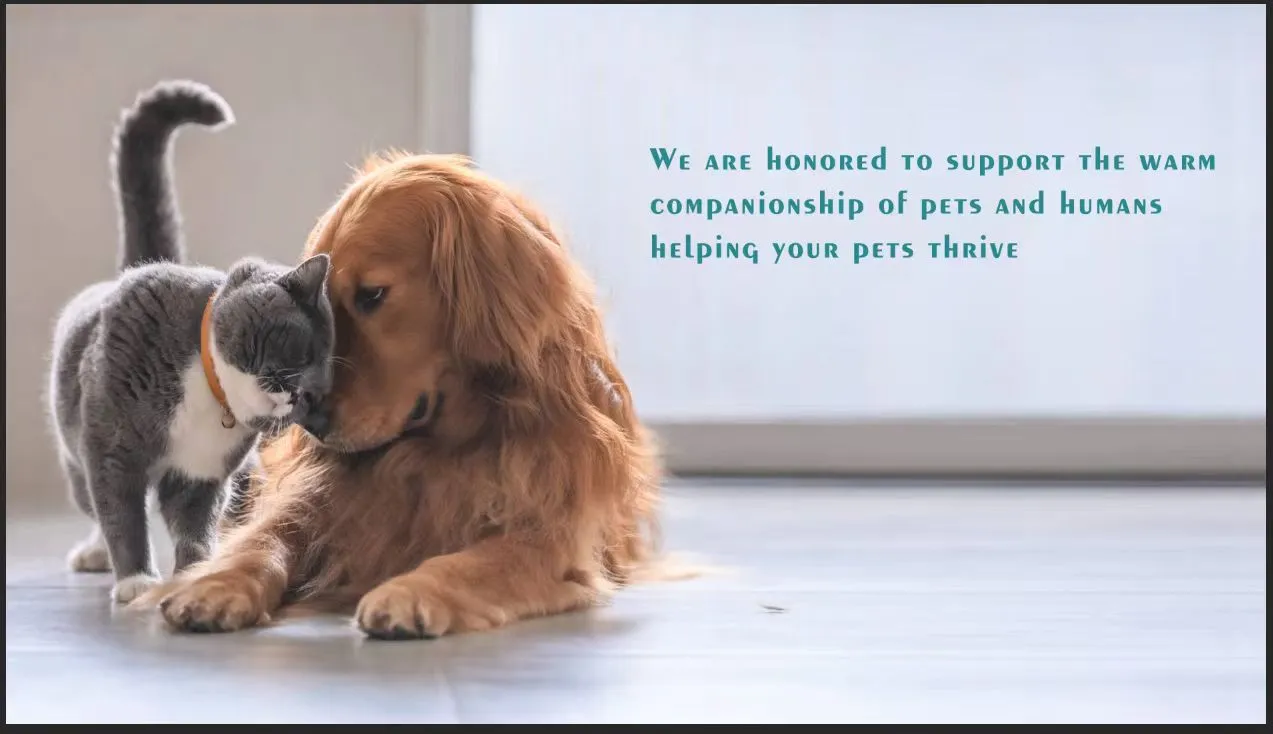- Afrikaans
- Albanian
- Amharic
- Arabic
- Armenian
- Azerbaijani
- Basque
- Belarusian
- Bengali
- Bosnian
- Bulgarian
- Catalan
- Cebuano
- Corsican
- Croatian
- Czech
- Danish
- Dutch
- English
- Esperanto
- Estonian
- Finnish
- French
- Frisian
- Galician
- Georgian
- German
- Greek
- Gujarati
- Haitian Creole
- hausa
- hawaiian
- Hebrew
- Hindi
- Miao
- Hungarian
- Icelandic
- igbo
- Indonesian
- irish
- Italian
- Japanese
- Javanese
- Kannada
- kazakh
- Khmer
- Rwandese
- Korean
- Kurdish
- Kyrgyz
- Lao
- Latin
- Latvian
- Lithuanian
- Luxembourgish
- Macedonian
- Malgashi
- Malay
- Malayalam
- Maltese
- Maori
- Marathi
- Mongolian
- Myanmar
- Nepali
- Norwegian
- Norwegian
- Occitan
- Pashto
- Persian
- Polish
- Portuguese
- Punjabi
- Romanian
- Russian
- Samoan
- Scottish Gaelic
- Serbian
- Sesotho
- Shona
- Sindhi
- Sinhala
- Slovak
- Slovenian
- Somali
- Spanish
- Sundanese
- Swahili
- Swedish
- Tagalog
- Tajik
- Tamil
- Tatar
- Telugu
- Thai
- Turkish
- Turkmen
- Ukrainian
- Urdu
- Uighur
- Uzbek
- Vietnamese
- Welsh
- Bantu
- Yiddish
- Yoruba
- Zulu
Nov . 22, 2024 15:11 Back to list
disinfectant veterinary use
The Role of Disinfectants in Veterinary Settings
Disinfectants play a crucial role in maintaining health and hygiene within veterinary practices. In environments where animals are housed, treated, or cared for, the risk of infection and disease transmission is significantly heightened. Therefore, effective disinfectants are essential tools for veterinarians in preventing outbreaks and protecting both animal and human health.
Understanding Disinfectants
Disinfectants are chemical agents designed to eliminate or reduce harmful microorganisms, such as bacteria, viruses, and fungi, on surfaces and in environments. They are commonly used in various settings, including hospitals, clinics, laboratories, and farms. In veterinary practices, disinfectants are used to sanitize surfaces, instruments, equipment, and even the hands of workers, thereby minimizing the risk of cross-contamination between animals and humans.
Importance of Disinfectants in Veterinary Medicine
1. Infection Control Disinfectants are vital for controlling infectious diseases in veterinary settings. Common zoonotic diseases—those that can be transmitted from animals to humans—underscore the importance of rigorous cleaning practices. For instance, diseases like rabies, leptospirosis, and avian influenza can spread rapidly if proper hygiene protocols are not followed.
2. Preventing Cross-Contamination In busy veterinary clinics, multiple animals may be treated in a single day. Disinfectants help prevent cross-contamination by sanitizing surfaces that may harbor pathogens. Ensuring that examination tables, kennels, and waiting areas are properly disinfected is critical to safeguarding the health of both patients and their owners.
3. Supporting Animal Welfare A clean and disinfected environment promotes a better quality of life for animals. Reducing the risk of infection allows for faster recovery times and less stress for the animals. It also decreases the need for aggressive treatments, contributing to an overall improvement in animal welfare.
Types of Disinfectants Used in Veterinary Settings
Veterinarians have a range of disinfectants to choose from, and the selection often depends on the specific pathogens targeted, the surfaces involved, and the potential for residues that may harm animals.
1. Quaternary Ammonium Compounds (Quats) These are popular in veterinary clinics because they are effective against a wide spectrum of microbes and are safe for use on various surfaces. However, their efficacy can be reduced in the presence of organic matter.
disinfectant veterinary use

2. Bleach (Sodium Hypochlorite) Bleach is a very strong disinfectant and is effective against viruses and bacteria. It is particularly useful in controlling parvovirus outbreaks in canine populations. However, its corrosive nature and strong odor make it less desirable for routine use.
3. Hydrogen Peroxide This disinfectant is effective against a broad range of microorganisms and is often used in veterinary practices due to its safety and efficacy. It breaks down into water and oxygen, leaving no harmful residues.
4. Phenolic Compounds Often found in cleaning products, phenols are effective against bacteria and viruses but can be toxic to animals if used improperly. Therefore, their use in veterinary settings must be carefully controlled.
Best Practices for Using Disinfectants
To maximize the effectiveness of disinfectants, veterinarians and their staff must follow certain best practices
- Read Labels Understanding the manufacturer's instructions is critical. Different disinfectants have varying contact times, dilution ratios, and application methods.
- Clean Before Disinfecting Effective disinfection requires that surfaces be thoroughly cleaned to remove any visible dirt or organic matter that may shield bacteria and viruses from disinfectants.
- Use Personal Protective Equipment (PPE) When using potent disinfectants, it's essential for staff to wear appropriate PPE, including gloves and masks, to prevent adverse effects.
- Train Staff Ensuring that all personnel are trained in proper disinfecting protocols is key to maintaining a healthy environment.
Conclusion
The use of disinfectants in veterinary settings is paramount to ensuring the health and safety of both animals and humans. By preventing infections and controlling the spread of zoonotic diseases, veterinarians fulfill their responsibility to safeguard public health and enhance animal welfare. The right choice of disinfectants combined with best practices can make a significant difference in the effectiveness of veterinary care, ultimately leading to better health outcomes for your pets and farm animals alike.
-
Guide to Oxytetracycline Injection
NewsMar.27,2025
-
Guide to Colistin Sulphate
NewsMar.27,2025
-
Gentamicin Sulfate: Uses, Price, And Key Information
NewsMar.27,2025
-
Enrofloxacin Injection: Uses, Price, And Supplier Information
NewsMar.27,2025
-
Dexamethasone Sodium Phosphate Injection: Uses, Price, And Key Information
NewsMar.27,2025
-
Albendazole Tablet: Uses, Dosage, Cost, And Key Information
NewsMar.27,2025













